The pros and cons of 8K UHD video resolution.
8K is the highest video resolution currently in existence. Get an expert breakdown on 8K to find out if it’s right for your next project.
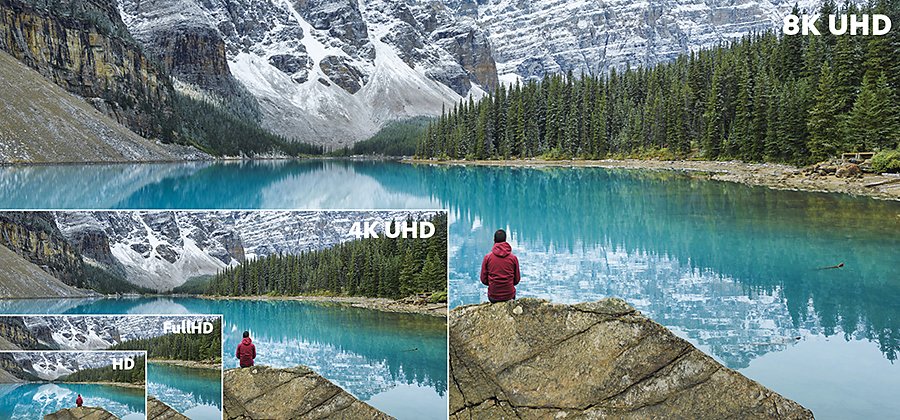
8K UHD:The ultimate ultra-high definition.
The highest resolution available for cameras and screens, 8K is the newest tech on the block. “Video resolution is the equivalent of megapixels in a photo. It’s how many pixels exist within the frame,” says videographer Mike Leonard. Nearly 8,000 pixels wide, 8K native resolution is 7680 x 4320 pixels, which equates to 33,177,600 total pixels. By comparison, 4K, also called ultra HD or UHD for short, is approximately 4,000 pixels wide with 8.3 million total pixels. “To put that level of detail in perspective, movie theaters show films at a resolution slightly higher than 1080 pixels (full HD). And that’s on the biggest screens out there,” says Leonard.
In addition to pro cameras, 8K TVs are becoming increasingly common as the newer technology replaces 4K TVs. Other consumer electronics, such as the Sony PlayStation 5 and the Microsoft Xbox Series X, and smartphones like the Samsung Galaxy S20, now come with 8K video capabilities.
At four times the resolution of 4K, 8K may be the future of video, but four times the pixels doesn’t necessarily equate to quadruple the quality. “Resolution is one of the foundations for understanding video quality, but there’s a number of other factors at play,” says videographer Hiroshi Hara. “It’s much more than the pixel count,” adds Leonard. “It’s how the image is perceived by the sensor, by the color, and by the dynamic range.” Everything will contribute to its quality, from the camera and lens used to the video format, bitrate, and frame rate of the video recording. Get to know the benefits and drawbacks of shooting in 8K to find out if this high-resolution option is right for you.
Benefits

High-quality resolution
While resolution isn’t the only factor behind better quality, it is certainly high on the list. When it comes to resolution, 8K content provides unparalleled sharpness and detail.
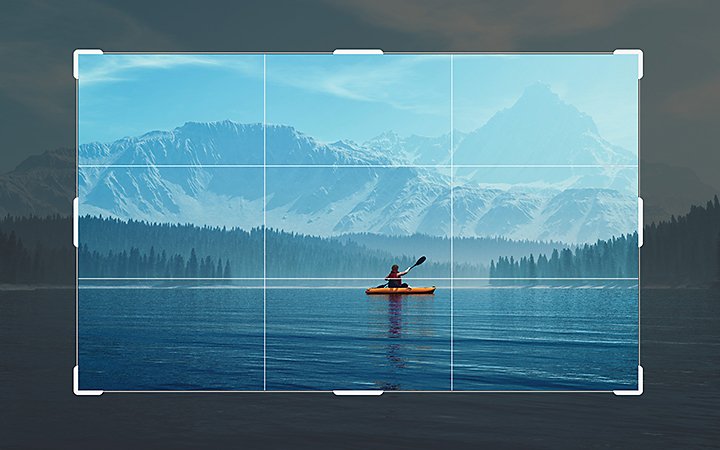
Reframing
Because 8K footage captures so much detail in each shot, it's ideal for reframing in the editing phase of production. “Say you’re editing an interview and you have a wider shot that you want to crop into a close-up. As soon as you crop an image, you expand pixels, sometimes to the point where an image will look pixelated and blurry,” says Leonard. But with 8K’s giant pixel count, you can comfortably crop for the best composition without sacrificing quality.
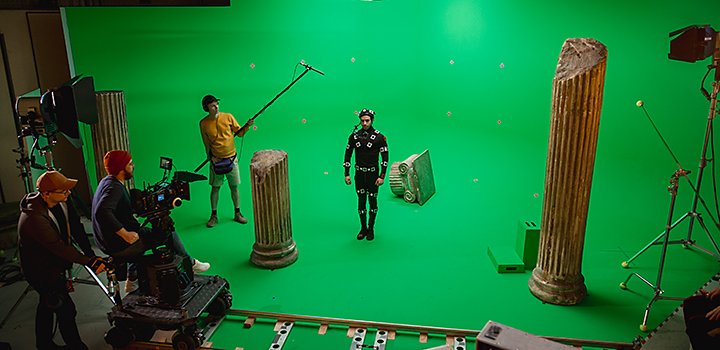
Special effects
Videos with a lot of computer-generated imagery (CGI) can benefit from the enhanced quality and detail 8K video provides. “The more you’re able to zoom in without losing pixel information, the cleaner the image will be when you integrate special effects,” says Leonard.
Drawbacks
File size
The trade-off for high resolution is more data on your hard drive. Storage can quickly get expensive, so if you plan to shoot 8K, also plan for the space it will eat up. During the editing process, this extra data can also lead to slower loading times. “Apart from a few scenarios, it’s overkill and a lot of data. Because of those two reasons, production companies often pass on 8K,” says Hara.
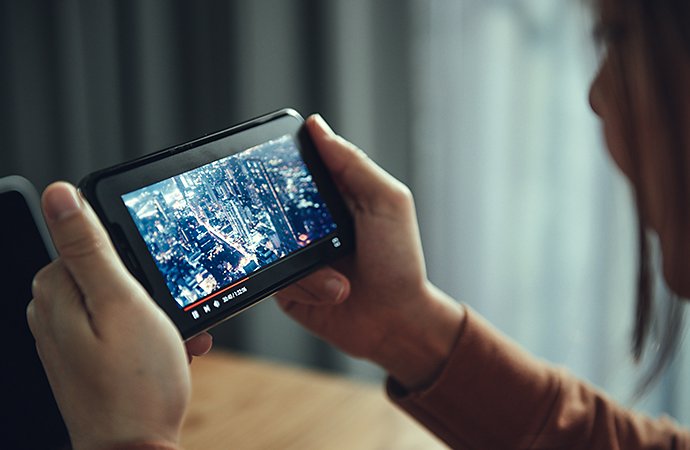
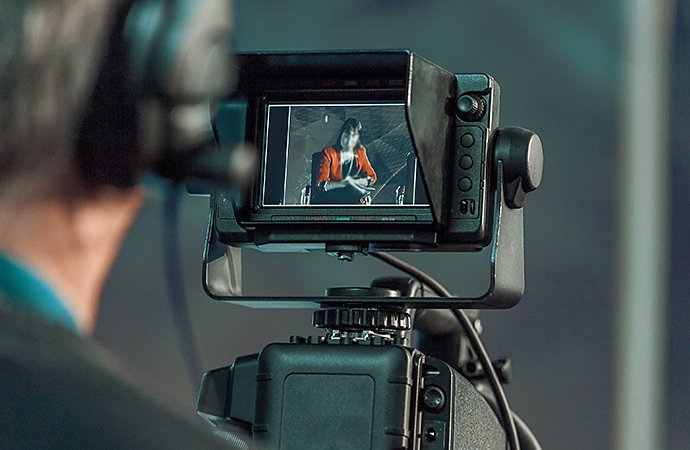
Cost
Apart from an investment in powerful machines that can process 8K video and robust storage, 8K cameras are typically more expensive than standard HD options. Cameras that film in 8K are still not as common as those that film in 4K, but options ranging from the Samsung S20 Ultra smartphone to the $55,000 RED Monstro cinematography camera are out there.
Can you actually tell the difference?
One debate about the value of 8K is centered around the limitations of the human eye. It has been argued that 8K approaches the limit of how many pixels the human eye can actually discern, with some saying the difference between a movie shown on a 4K screen and an 8K screen is indistinguishable.
What’s certain is that you need proper viewing conditions to get the full benefit of 8K, and those conditions are rare. For example, it doesn’t matter if a video was filmed in 4K if the screen showing it is a standard HD laptop screen, and most movie theaters still show films in 2K resolution. Viewing distance matters too; at the distance from which most people watch TV, the definition of 8K is often lost. On top of this, different screens show varying, inaccurate colors. One step you can take to mitigate this issue is to calibrate your monitor for the most accurate colors.
Should you use 8K format in your videos?
There’s a lot more to consider than just getting the highest resolution possible for your videos. “8K is a great move forward in the sense that it’s really cool that cameras can do this,” says Leonard. But between the higher cost and the potentially negligible impact of all that extra resolution, you should carefully discern whether 8K is right for your project.
You’ll see a big difference if you’re working with special effects and CGI videos. The ability to crop in without losing quality is also a big plus for 8K. “Fashion photography and high-end commercials often use 8K,” adds Hara. While 8K is still mostly used in special areas like these, it’s quickly becoming more and more accessible.
If you do decide to use 8K, make sure you use video editing software like Adobe Premiere Pro that can keep your workflow running quickly and smoothly.
Contributors
تمتع بتنفيذ المزيد مع Adobe Premiere Pro.
اصنع فيديوهات واقعية مذهلة بصريًا من أي مكان —للأفلام والتلفاز والويب.
You might also be interested in…
اكتشف أفضل تنسيق فيديو للبث أو التنزيل أو الحفظ على قرص.
تعرف على مبادئ تحرير الفيديو والنصائح العملية لكل من الشاشات الكبيرة والصغيرة.

